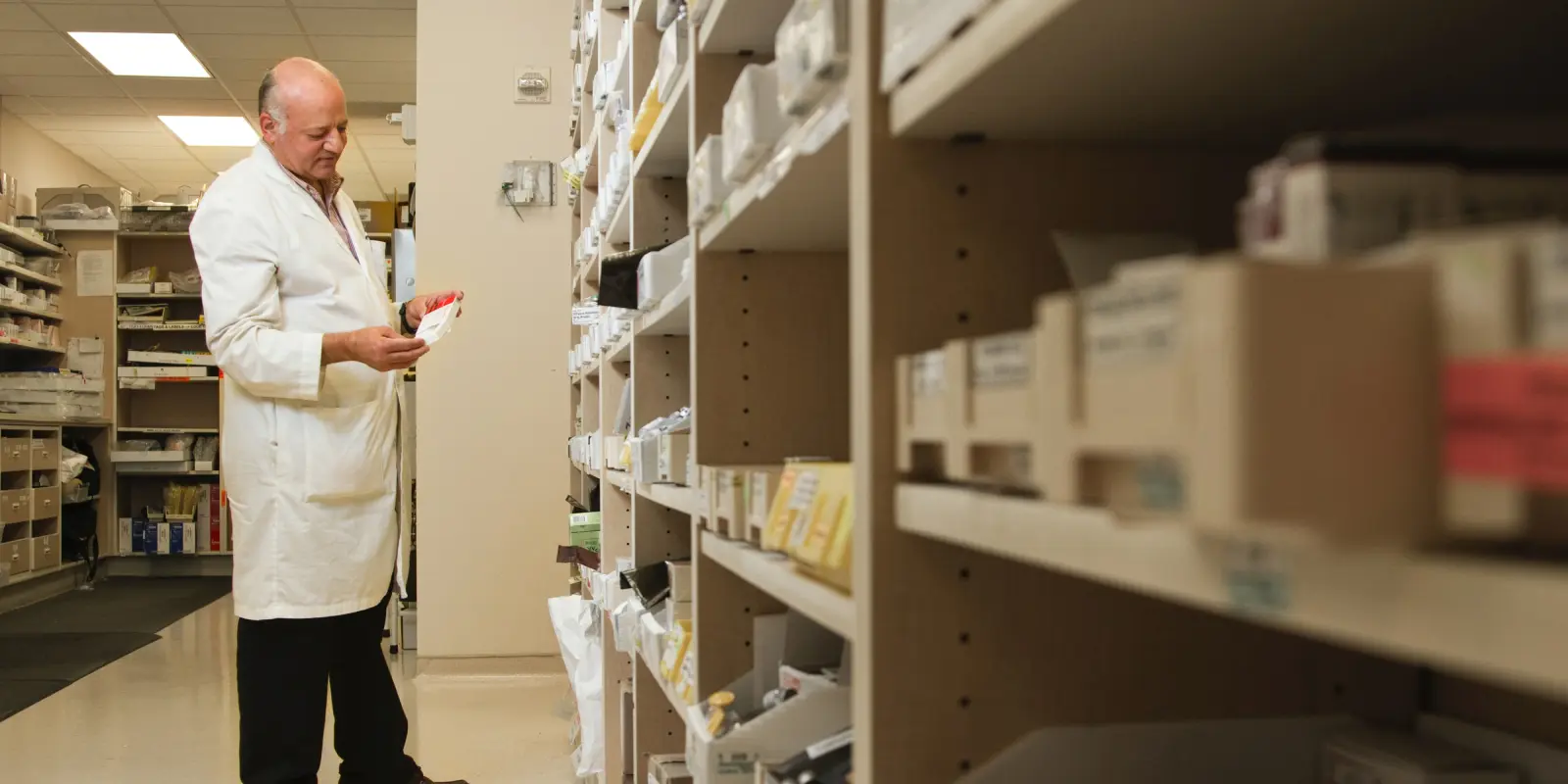The global pharmaceutical market is estimated to be worth an astonishing $1.48 trillion, putting the importance of marketing activities for pharmaceutical companies at an all-time high.
But we shouldn’t forget the significance of staying compliant and following regulations!
While a fashion brand can afford to only talk about how cool and stylish their clothes are, a pharma company has to keep numerous regulations in mind when crafting their ads. Plus, in the majority of countries, prescription drug product promotion is banned, making it even more challenging to get your message across.
To help you understand the importance of compliance in pharma marketing and get by in the highly-regulated healthcare industry, we’ve made a round-up of all the important aspects of pharma marketing compliance.
Supercharge your marketing reviews
Share, review, and approve all your content in one place with Filestage.
But before we jump right into the specific regulations, let’s define what pharma compliance refers to.
What is pharma marketing compliance?
Pharma marketing compliance is the set of rules, regulations, and guidelines that pharmaceutical companies must adhere to when promoting their products, particularly prescription medications and medical devices.
Since the impact of using the products from the pharma industry can have significant consequences for people’s health, it’s only natural that governments agreed on creating stricter rules for advertising in the pharma space.
These regulations make sure that pharmaceutical marketing is done ethically, transparently, and that they prioritize patient safety and well-being.
10 key elements of pharma marketing compliance
Each country has its own pharmaceutical regulation, but there are some common elements that can be seen across most countries.
Here are the 10 most important elements of pharmaceutical marketing compliance:
- Regulatory agencies – Pharmaceutical marketing is overseen by regulatory agencies, like the Food and Drug Administration (FDA) in the United States, the European Medicines Agency (EMA) in Europe, and similar local bodies in other countries. These agencies establish and enforce rules regarding the promotion of all pharmaceutical products.
- Labeling and advertising – Pharma companies must make sure that their promotional materials (like ads, websites, and product labeling) accurately communicate all the approved uses and risks associated with their products. This means that prescription drug promotion shouldn’t in any way make false or misleading claims about the safety or effectiveness of the drugs.
- Fair balance – All promotional materials should have a fair and balanced way presenting the drug’s benefits and risks. This means that if a pharma company mentions the benefits of a drug in its marketing materials, it also has to provide information about potential side effects and risks.
- Off-label promotion – Healthcare companies can’t promote drug use that isn’t approved by regulatory agencies. This means they can only promote their products for the specific indications that have been previously approved by the relevant regulatory authority.
- Data accuracy – All the claims made in marketing materials should be supported by reliable and scientifically-backed data. Plus, companies are expected to give evidence to support those claims.
- Side effects reporting – Companies are required to report any side effects associated with their products to regulatory agencies. They are also expected to make this information available to healthcare professionals and patients.
- Gifts and incentives – There are often strict rules about gifting or financially compensating healthcare professionals. These rules are designed to prevent healthcare professionals from recommending specific drugs for personal gain.
- Patient privacy – Companies must respect patient privacy and comply with data protection laws when collecting and using patient information for marketing purposes.
- Compliance training – Many pharmaceutical companies train their employees to make sure they are aware of and follow the rules and advertising regulations governing pharmaceutical marketing.
- Enforcement and penalties – Regulatory agencies have the authority to investigate and take action against companies that violate marketing regulations. Penalties for non-compliance can include fines, product withdrawal, or even legal action.
Eight tips to maintain pharma marketing compliance
As we’ve seen in the previous section, there are quite a few things that pharmaceutical marketers need to keep in mind when creating a new marketing campaign or designing new pharmaceutical product packaging.

Here are eight tips you can follow to achieve compliance in all your pharma marketing efforts.
1. Establish a compliance department
First and foremost, it’s essential to create a dedicated compliance department when working in such a regulated industry. The team should be well-informed in pharmaceutical regulations and have a deep understanding of the company’s marketing practices.
2. Educate your employees
All your employees need good training when joining the company. Provide comprehensive training to employees involved in marketing, sales, and promotional activities.
It’s important that they understand the relevant regulations, guidelines, and the consequences of not following these rules.
3. Develop clear policies and procedures
Establishing clear policies and procedures will save you a tone of time resolving potential reputational or legal damages. Written policies and procedures will help you outline compliance standards and expectations.
Make sure to cover areas including advertising, promotional materials, interactions with healthcare professionals, and data privacy.
4. Review and approve marketing materials
Even if you train your employees and establish the most thorough policies and procedures, costly errors can slip through without a detailed artwork approval process in pharma for marketing materials.
By implementing a rigorous review and approval process for all your marketing materials, including advertisements, websites, brochures, and pharmaceutical labels, you’ll make sure all the content is accurate, balanced, and compliant.
5. Document compliance activities
Keep detailed records of all compliance activities, including material reviews, employee training, and interactions with healthcare professionals. By doing this you’ll show your dedication to compliance in case your company is faced with regulatory inquiries.
6. Adopt technology solutions
Taking care of all aspects of compliance can be time consuming and even draining at times. But the errors can also cost you your brand reputation and even legal charges, so it’s vital to maintain compliance every step of the way.
By implementing marketing compliance software to streamline your processes, your team will be able to track compliance-related tasks and automate approvals. This can help you maintain an organized and compliant workflow.
7. Stay informed
Sometimes the most important thing you can do is stay informed. When it comes to regulations and all their tiny changes, it’s vital to stay on top of every update. By monitoring regulations from relevant agencies, you’ll be able to adjust your practices and make sure to always stay compliant.
8. Cross-functional collaboration
Staying compliant requires good communication and collaboration between multiple teams. Encourage collaboration between the compliance department, legal and marketing teams, and medical professionals to create a holistic approach to compliance.
This way you’ll make sure no detail slips through the cracks!
Your go-to pharma marketing compliance checklist
No matter where your pharmaceutical company operates, and what specific product it sells, you’ll want to have a general compliance checklist to make sure none of your marketing efforts will compromise the company.
Here are some questions you can ask yourself to make sure your marketing efforts are compliant with regulatory requirements:
- Do we have a secure and compliant exchange of assets with the agencies we’re working with?
- Did we take into consideration guidelines from different platforms and adjust our promotional content accordingly?
- Are we doing everything we can to stay informed about the changes in regulations?
- Are we being specific in messaging and avoiding exaggerated claims in our content?
- Did we get all the approvals in writing?
Final thoughts
The pharmaceutical industry is a tough but rewarding field for focusing your marketing efforts. But from prescription medicine packaging to disease awareness campaigns, you could face huge fines if you don’t follow the necessary compliance regulations.The tips in this article are designed to help pharma marketers to deliver their content with confidence. But if you really want to safeguard your digital assets and promotional material, Filestage is the tool for you. To see it in action, start a free trial →








